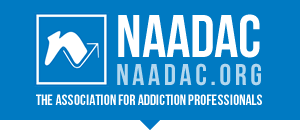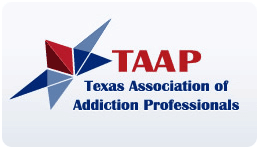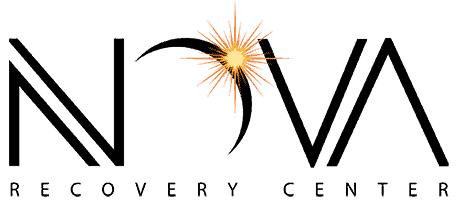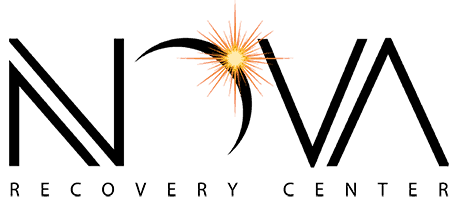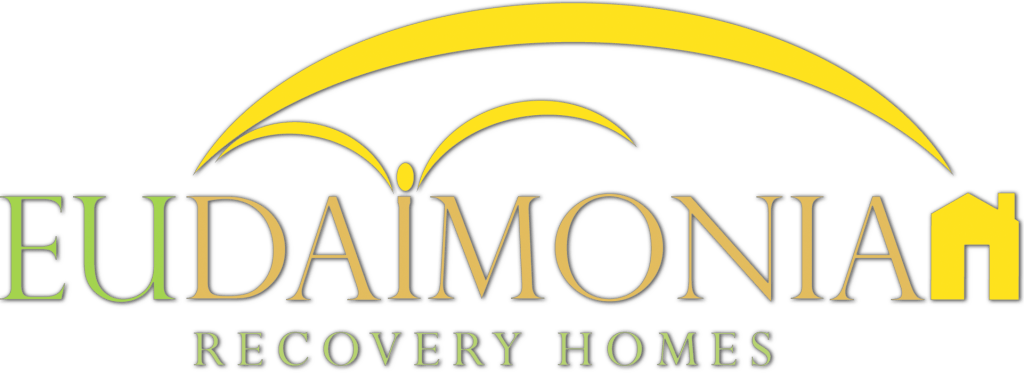
At Nova Recovery Center, we understand that true recovery goes beyond just quitting substance use—it requires a deep transformation of the mind, body, and spirit. Our inpatient drug and alcohol rehab program in Austin, Texas, follows a unique, structured approach that provides clients with the tools, education, and support needed for long-term sobriety.
The Nova Promise is our signature clinical curriculum, designed to address the root causes of addiction, rebuild lives, and foster personal growth. Through process groups and chemical dependency education (CD ED) sessions, our clients gain self-awareness, emotional resilience, and the skills necessary for sustained recovery.
Start your journey to recovery with Nova Recovery Center, a leading facility for alcohol rehab in Austin, TX, and drug rehab in Austin, TX. Our compassionate approach to addiction treatment is designed for lasting healing.
The Foundation of Our Program
Our curriculum is built around weekly themes, referred to as “Blocks”, each focusing on key aspects of recovery. Within each Block, we engage clients through:
Process Groups: Healing Through Connection
Process groups provide a supportive space for personal exploration, emotional healing, and peer connection. Led by expert facilitators, these sessions encourage clients to share experiences, process emotions, and develop healthier coping mechanisms.
Key Features of Process Groups:
- Check-ins & Reflections – Clients share their emotions, struggles, and progress in a structured and supportive environment.
- Interactive Activities – Group exercises, role-playing, and journaling assignments enhance self-discovery and emotional intelligence.
- Real-World Application – Clients learn how to apply new insights to daily life, relationships, and personal challenges.
Chemical Dependency Education (CD ED): Knowledge for Lasting Recovery
Our psychoeducational groups focus on understanding addiction, behavioral patterns, and relapse prevention. These sessions provide essential skills and knowledge, empowering clients to make informed, healthy choices.
Key Topics Covered in CD ED Groups:
- The science of addiction and its effects on the brain and body.
- Emotional well-being and stress management techniques.
- The impact of substance use on relationships, career, and legal standing.
- Strategies for relapse prevention and long-term success.
Our Services
Detox in
Austin, TX:
Begin your recovery with our medically supervised detox program, ensuring safety and comfort.
90-Day Inpatient Rehab in Austin, TX
Experience comprehensive treatment with our extended inpatient program, focusing on deep recovery and relapse prevention.
Intensive Outpatient Program (IOP) in Austin, TX
Continue your recovery journey with our structured outpatient services, offering flexibility and ongoing support.
Call Us Today!
Why Choose The Nova Promise?
At Nova Recovery Center, we don’t believe in a one-size-fits-all approach. Our program is designed to be dynamic, engaging, and deeply personal. By combining evidence-based therapies, peer support, and structured education, we help clients uncover the root of their addiction and develop the skills needed to thrive in sobriety.
- Comprehensive & Holistic – We address addiction from all angles: physical, emotional, psychological, and social.
- Supportive Community – Clients engage with peers who understand their struggles, fostering lasting connections.
- Practical Life Skills – Beyond recovery, our program prepares clients for a successful, independent future.
Are you ready to reclaim your life? Choose Nova Recovery Center—the premier inpatient rehab in Austin, Texas—and experience The Nova Promise.
Call us today to learn more about admissions and how we can help you or your loved one on the path to recovery.
Explore Our Executive Rooms
To enhance the comprehensive and tailored recovery experience at Nova Recovery Center, a leading facility for alcohol and drug rehab in Austin, TX, our private/executive rooms offer an exceptional level of comfort, privacy, and amenities designed to support the healing process. Understanding the importance of a serene and comfortable environment for recovery, these rooms are thoughtfully equipped to cater to the needs of individuals seeking a more personalized and secluded rehab experience.
- Arcade Machines: For a playful break from the intensity of recovery, our private rooms include access to arcade machines, offering a nostalgic and fun way to relax and enjoy leisure time.
- Vending Machines: Ensuring convenience and accessibility, vending machines are stocked with a variety of snacks and beverages, catering to the cravings and needs of our clients at any time.
- State-of-the-Art Game Rooms: Encouraging social interaction and relaxation, our game rooms are equipped with the latest entertainment technology, providing a dynamic space for leisure and camaraderie.
- State-of-the-Art Gym: Recognizing the role of physical health in recovery, our gym features advanced equipment for a wide range of exercise routines, supporting the physical well-being of our clients.
- Tennis Court: For those who enjoy outdoor activities, our tennis court offers a great way to engage in physical exercise, improve coordination, and enjoy the fresh air.
- Basketball Court: Catering to sports enthusiasts, our basketball court provides an excellent opportunity for physical activity, teamwork, and skill development.
- Pool: Our swimming pool area is a tranquil space for relaxation, exercise, or leisurely swimming, contributing to the holistic well-being of our clients.
- Private Flat-Screen TVs: Each private/executive room is furnished with a private flat-screen TV, allowing clients to enjoy their favorite shows and movies in the comfort of their own space.
- Comfortable and Modern Premium Furniture: To ensure the utmost comfort, our rooms are decorated with modern, premium furniture, creating a cozy and inviting environment that promotes relaxation and healing.
At Nova Recovery Center, we believe that the quality of the environment plays a crucial role in the recovery process. Our private/executive rooms are designed to offer a sanctuary where clients can focus on their recovery journey, benefiting from individualized care plans and evidence-based therapies in a comfortable, private setting.
Coupled with our extended 90-day treatment program, gender-specific programs, holistic approach, and a wide array of amenities, we are dedicated to providing an unparalleled recovery experience for those seeking to overcome alcohol and drug addiction in Austin, TX.
Drug & Alcohol Detox Program
Nova’s Detox Program in Austin offers a safe and comprehensive detoxification process, facilitated by experienced medical professionals. The program includes individualized care, group and individual therapy, and nutritional support. The tranquil setting in North Austin provides a serene environment for recovery. The facility features comfortable accommodations and amenities, ensuring a restful stay during detox. Insurance verification and flexible payment options are available.
Inpatient Rehab Program
The Inpatient Rehab Program at Nova’s Wimberley location, just south of Austin, provides a 90-day treatment in a peaceful, natural setting. The program focuses on holistic recovery, including individualized therapy, family involvement, and relapse prevention strategies. Amenities like a gym, pool, and sports facilities enhance the recovery experience. Chef-prepared meals and luxurious accommodations ensure comfort. The program accepts most insurances.
Outpatient Rehab Program
Nova’s Outpatient Rehab Program in Austin offers flexible treatment options tailored to individual needs while allowing participants to maintain their daily responsibilities. The program includes group counseling, individual therapy, and continuous support for lasting recovery. It’s designed for those transitioning from inpatient treatment or those who need a less intensive level of care.
Recovery Is Possible – Call Today!
Whether you’re seeking help for the first time or looking to overcome chronic relapse, Nova Recovery Center is here to guide you. Our dedicated team is committed to your long-term success in sobriety.
Nova’s Comprehensive Continuum of Care Plan
90-Day Residential Alcohol and Drug Rehab

Our 90-day residential drug and alcohol rehab center provides a safe, comfortable, and supportive space for you to heal, learn, and recover. Unlike other 30 or 60-day programs, our long-term rehab program gives you more time to adjust to a new way of living, more time to practice the mental and spiritual tools you will use outside of rehab, and more time to acclimate into a recovery community. This 90-day time span promotes genuine and lasting change for sobriety that lasts long after inpatient rehab ends.
Drug and Alcohol Detox

Our medical detox programs treat all kinds of addictions and are tailored to meet your individual needs. We use a comprehensive assessment to design a personalized detox program that will ensure your comfort and safety throughout the withdrawal process. You’ll also have the opportunity to begin individual and group therapy to address any emotional issues and prepare for the transition into a rehab program. We believe this process provides the best foundation for continued sobriety.
Aftercare Program and IOP

Our Intensive Outpatient and Aftercare programs are designed to assist those who have graduated from our inpatient residential facility. Group sessions are available in Austin and Houston and provide structured addiction treatment sessions and recovery counseling in a safe, clinical setting. The first year of recovery can be difficult, but these support groups provide consistency, accountability, and peer support at a time when it’s needed most.
Sober Living Apartments

The transition from a residential rehab center into independent sober life is littered with obstacles. For this reason, we provide sober living homes and support programming for clients who need continued support as they make the transition. With regular drug and alcohol screenings, one-on-one sobriety coaching, and a safe, comfortable place to practice relapse prevention strategies, our sober living program is key to achieving an independent, substance-free life.
Ready to begin? Call us at (512) 605-2955 for a confidential consultation. Our advisors will help you understand your options and start your path to healing.
Call Us Now and Begin Healing at (512) 605-2955
Or text us and we will call you right back.
Not quite ready for a call? You can fill out the form below.
What Makes Us Different
- Gender-specific treatment
- Evidenced-based treatment
- 12-Step immersion
- 90-day residential treatment
- Family program
- Full continuum of care
- Insurance and private pay
100% Confidential Guarantee
Confidential Consultation
Nova Recovery Center is dedicated to helping you or your loved one get help. Please call or fill out this form for a confidential consultation.
One of our understanding, dedicated advisors will contact you about your options. Begin healing today.
Nova Recovery Center is dedicated to helping you or your loved one get help. Please call or fill out this form for a confidential consultation. One of our understanding, dedicated advisors will contact you about your options. Begin healing today.
Other Nova Recovery Services Include :
